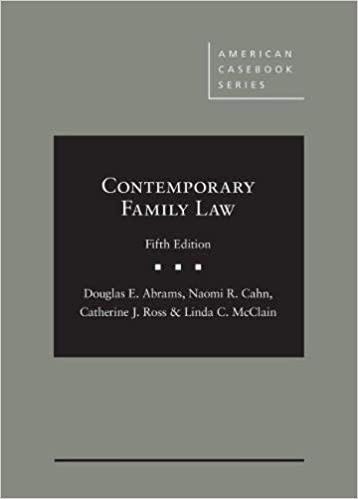Question
Id. 554.1201(37)( b ) (emphasis added). The first part of the bright-line test is found in the unnumbered paragraph of section 554.1201(37)( b ). The
Id. 554.1201(37)(b) (emphasis added). The first part of the bright-line test is found in the unnumbered paragraph of section 554.1201(37)(b). The second part of the bright-line test contains the four criteria listed in sections 554.1201(37)(b)(1)-(4). Each of the four criteria listed in the second part of the bright-line test are objectively based on economics, not the intent of the parties. U.C.C. 1-201, cmt. 37 (amended 1999), 1 U.L.A. 168 (2004);PSINet, Inc. v. Cisco Sys. Capital Corp.(In re PSINet, Inc.), 271 B.R. 1, 44 (Bankr.S.D.N.Y.2001).
In other words, under the bright-line test, the lease agreement in this case creates a security interest, and cannot be characterized as a lease or a finance lease, if it: (1) prohibits Lake MacBride from terminating the obligation to pay Frontier for the right to possess and use the beverage cart, and (2) meets one of the four independent criteria listed in section 544.1201(37)(b). Iowa Code 554.1201(37)(b)(1)-(4);see alsoPSINet, Inc.,271 B.R. at 43-45(recognizing the presence of any one of the four criteria indicates the lessor did not retain a residual interest in the property and therefore, the lease is not a true lease);Outlook
75
*75Farm Golf Club, LLC,784 N.W.2d at 757-58.
1. Our company (A) is going to buy another company (B). We want to value the shares of
B and, therefore, we will use three alternatives of the structure Debt/Shareholders'
Equity so as to obtain the WACC: 1) present structure of A; 2) present structure of B,
and 3) structure used by A to finance the acquisition of B's shares. We will value the
company B by applying these three alternatives and then take as a reference the
average of the results. Is this correct?
2. When valuing the shares of my company, I calculate the present value of the expected
cash flows to shareholders and I add to the result obtained cash holdings and liquid
investments. Is that correct?
3. I think the Free Cash Flow (FCF) can be obtained from the Equity Cash Flow (CFac) by
using the relation: FCF = CFac + Interests - D. Is this true?
4. Is the relation between capitalization and book value of shares a good guide to
investments?
5. Does it make any sense to form a portfolio comprised of companies with a higher
return per dividend?
6. A financial consultant is valuing the company I set as an objective (an entertainment
centre) by discounting the cash flows until the end of the dealership at 7.26% (interest
rate on 30-year-bonds = 5.1%; market premium = 5%, and Beta = 0.47%). 0.47 is a
beta provided by Bloomberg for Kinepolis (the company whose activity is the
management of several cinemas in the EU), in function of the Dax Index. Is it correct
to use the beta of Kinepolis in this valuation?
7. I am confused because I see different formulae to lever and unlever betas in different
books (Damodaran, McKinsey, Brealey & Myers ...). Which is the correct one?
IESE Business School-University of Navarra - 7
8. An investment bank affirms that the VTS (Value of Tax Shields) of my company is
equal to each year's VTS using the WACC as a discount rate. I told them that I have
never seen such a calculation of the VTS but they answered that it was a habitual
practice. Is that true?
9. I have two valuations of the company we set as an objective. In one of them, the
present value of tax shields (D Kd T) was calculated using Ku (required return to
unlevered equity) and, in the other one, using Kd (required return to debt). The second
valuation is a lot higher than the first one, but which of the two is better?
10. My investment bank told me that the beta provided by Bloomberg incorporates the
illiquidity risk and the small cap premium because Bloomberg does the so-called
Bloomberg adjustment formula. Is that true?8190
Step by Step Solution
There are 3 Steps involved in it
Step: 1

Get Instant Access to Expert-Tailored Solutions
See step-by-step solutions with expert insights and AI powered tools for academic success
Step: 2

Step: 3

Ace Your Homework with AI
Get the answers you need in no time with our AI-driven, step-by-step assistance
Get Started


